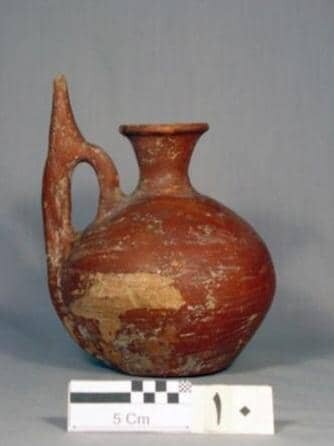Moveable properties in West Azarbaijan approved as national heritage

TEHRAN- A selection of 24 historical objects being kept in West Azarbaijan province has recently been inscribed on the national heritage list.
The Ministry of Cultural Heritage, Tourism, and Handicrafts announced the inscriptions on Monday in separate letters to the governor-general of the northwestern province, CHTN reported.
Clay bowls and jars, gravestones, and a minbar (pulpit), where the imam stands to deliver sermons in a mosque, were among the properties added to the prestigious list.
The provincial capital of Urmia, also spelled Orumiyeh, lies just west of Lake Urmia on a large fertile plain that yields grains, fruits, tobacco, and other crops. The population is mainly Azeri Turkish, with Kurdish, Assyrian Christian, and Armenian minorities. The remains of ancient settlements are scattered over the plain, as are traces of the ancient kingdom of Urartu.
West Azarbaijan embraces a variety of lush natural sceneries, cultural heritage sites, and museums including the UNESCO sites of Takht-e Soleyman and Qareh Klise (St. Thaddeus Monastery), Teppe Hasanlu, and the ruined Bastam Citadel.
The region has been the seat of several ancient civilizations. It formed part of Urartu and later of Media. In the 4th century BC, it was conquered by Alexander the Great and was named Atropatene after one of Alexander’s generals, Atropates, who established a small kingdom there. The area returned to the Persian (Iranian) rule under the Sasanians in the 3rd century CE.
The Arabs controlled Azerbaijan from the 7th century until Turkish nomads overran it in the 11th century. Thenceforth the inhabitants of the region were Turkish speakers. The region was overrun by the Mongols in the 13th century, and, under the ruler Hulegu, Azarbaijan became the center of a Mongol empire extending from Syria on the west to the Oxus River (now Amu Darya) on the east.
ABU/MG
